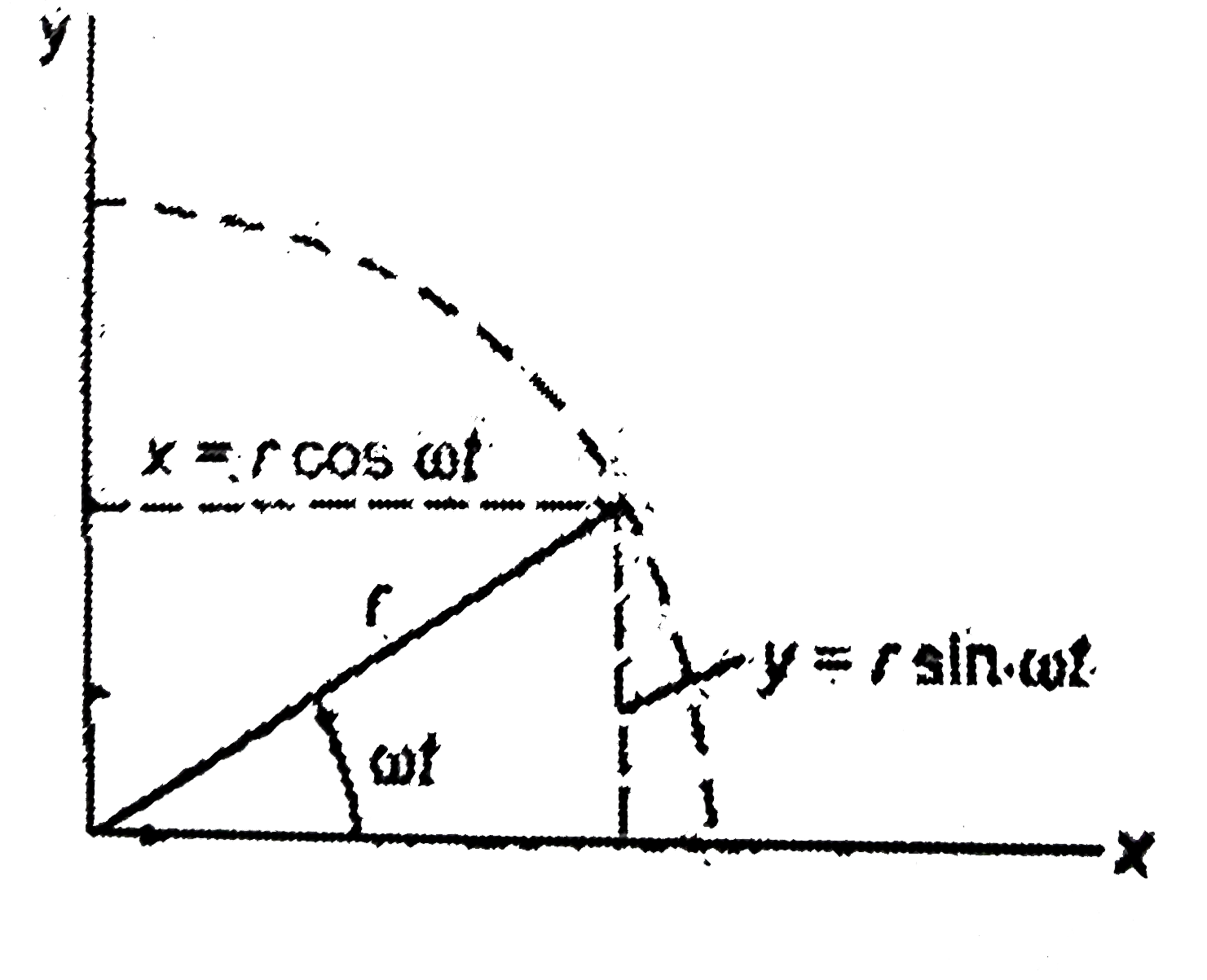The distance moved by a particle in time from centre of ring under the influence of its gravity is given by x=asinωt where a and ω are constants. If ω is found to depend on the radius of the ring (r), its mass (m) and universal gravitation constant (G), find using dimensional analysis an expression for ω in terms of r, m and G.
The correct Answer is:√GMr3
ω∝rambGc
ω=k[L]a[M]b[M−1L3T−2]c [k→Proporsionality constant]
T−1=kLa+3cMb−cT−2c
c=12,b=12,a=−32
ω=k√GMr3
Topper's Solved these Questions
- BOOK - BANSALCHAPTER - UNIT DIMENSION, VECTOR & BASIC MATHSEXERCISE - EXERCISE- 3 (SECTION - A)8videos
UNIT DIMENSION, VECTOR & BASIC MATHS
- BOOK - BANSALCHAPTER - UNIT DIMENSION, VECTOR & BASIC MATHSEXERCISE - EXERCISE- 3 (SECTION - B)1videos
UNIT DIMENSION, VECTOR & BASIC MATHS
- BOOK - BANSALCHAPTER - UNIT DIMENSION, VECTOR & BASIC MATHSEXERCISE - EXERCISE-1 [SINGLE CORRECT CHOICE TYPE]20videos
UNIT DIMENSION, VECTOR & BASIC MATHS
- BOOK - BANSALCHAPTER - KINETIC THEORY OF GASESEXERCISE - Section-B13videos
KINETIC THEORY OF GASES
Similar Questions
A large fluid star oscillates in shape under the influence of its own gravitational field. Using dimensional analysis, find the expression for period of oscillation (T) in terms of radius of star (R ), mean density of fluid (ρ) and universal gravitational constant (G).
View SolutionA large fluid star oscillates in shape under the influence of its own gravitational field. Using dimensional analysis, find the expression for period of oscillation (T) in terms of radius of star (R ), mean density of fluid (ρ) and universal gravitational constant (G).
View Solution
Knowledge Check
- Question 1 - Select One or More
A particle of mass m starts moving at t=0 due to force F=F0sinωt where F0 and ω are constant Then correct statement is//are .
Ait will stop first time at πωBIt will travel distance S=F0mω2 during this time .CDuring this distance maximum velocity of particle is vmax=F0mω .Dit will stop for first time at 2π/ω - Question 2 - Select One
The position x of particle moving along x-axis varies with time t as x=Asin(ωt) where A and ω are positive constants. The acceleration a of particle varies with its position (x) as
Aa=AxBa=−ω2xCa=AωxDa=ω2xA - Question 3 - Select One
A particle moves so that its position vector is given by →r=cosωtˆx+sinωtˆy, where ω is a constant which of the following is true ?
AVelocity is perpendicular to →r and acceleration is directed away from the origin.BVelocity and acceleration both are perpendicular to →r.CVelocity and acceleration both are parallel to →r.DVelocity is perpendicular to →r and acceleration is directed towards the origin.
Consider a particle moving in the x−y plane according to r=r(cosωtˆi+sinωtˆj), where r and ω are constants. Find the trajectory, the velocity, and the acceleration.
 View Solution
View SolutionFor a planet of mass M, moving around the sun in an orbit of radius r, time period T depends on its radius (r ), mass M and universal gravitational constant G and can be written as : T2=KryMG. Find the value of y.
View SolutionIt is known that the time of revolution T of a satelite around the earth depends on the universal gravitational constant G, the mass of the earth M, and the radius of the circular orbit R. Obtain an expression for T using dimensional analysis.
View SolutionA satellite of mass m s revolving in circlular orbit of radius r aroiund the earth its angular momentum w.r.t the centre of its orbit is (M=mass of earth G= universal gravitational constant )
View SolutionA particle moves so that its position vertor is given by →r=cosωtˆx+sinωtˆy, where ω is a constant. Which of the following is true?
View Solution

